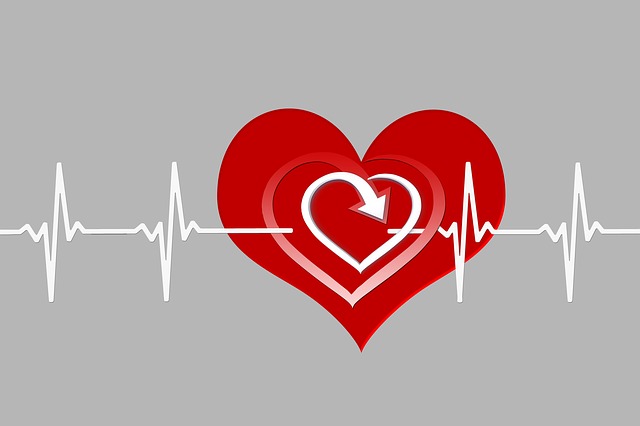Heart Attack: Knowing the Signs Saves Lives

While heart disease is the leading cause of death for men and women in the U.S., practicing prevention, identifying symptoms and knowing treatment options are the keys to saving lives, according to Lorrie Durkin, director of the Aultman Health Center at Aultman Alliance Community Hospital (AACH).
Durkin, who spoke at AACH’s lecture lunch recently, said that unlike some diseases, a lot is known about heart disease and that paying attention and knowing what to do can go a long way toward saving lives.
“With the heart, timing is everything,” Durkin said. “Being able to recognize the signs of a heart attack and catching it early cannot only save your life, but those around you. Lifestyle changes and early detection can reduce the chances of a heart attack becoming fatal.”
Stressing that the first signs of a heart attack should result in a call to 9-1-1, Durkin said that too many people try to drive themselves to the hospital resulting in complications and sometimes death. “EMS teams and their vehicles are equipped to deal with the symptoms of a heart attack, your personal car is not,” she said. “All too often, the victim thinks it is easier to simply drive the personal vehicle to the hospital but doing that could be a critical mistake.”
Among the early signs and symptoms of a heart attack are pain that travels down one or both arms, jaw pain, excessive fatigue, anxiety, nausea, back pain, shortness of breath, chest pressure, and feeling of fullness. In some cases these symptoms may go away quickly, in which case the diagnosis would be stable angina, and can be relieved by rest.
But, according to Durkin, these same symptoms may persist and result in unstable angina where rest does not provide relief. “If unstable angina is suspected, the call to 9-1-1 is needed,” Durkin said.
Durkin said that 85 percent of heart damage occurs within the first two hours of a heart attack. Awareness of early heart attack care (EHAC) is important. She urged that those with general risk factors discuss treatment possibilities with their family doctor or cardiologist.
Among the risk factors are: chest pain or pressure, a family history of cardiovascular disease, high blood pressure, being overweight, sedentary lifestyle, using tobacco products, and pre-diabetes or metabolic disease. For women, it could include birth control pills, a history of pre-eclampsia, gestational diabetes or having a low birth-weight baby.
Durkin added that she is a strong advocate of hands-only CPR. “There was a time when the CPR function was complex and only the highly trained could administer CPR,” Durkin said. “While those who are highly trained are still valuable, hands-free CPR can be administered by almost everyone.”
She said hands-only CPR can be administered by a by-stander in two easy steps: First, call 9-1-1 to get back-up support, and then, place an open hand, palm down over the victim’s chest and place the other hand on-top of the bottom hand and push hard and fast in the center of the chest.
She added, in response to a question about the liability of trying to perform CPR, that the Good Samaritan law would protect a person who tried to administer CPR to a person in need of it.
“We are convinced that knowing what to do and when to do it will save lives,” Durkin said.